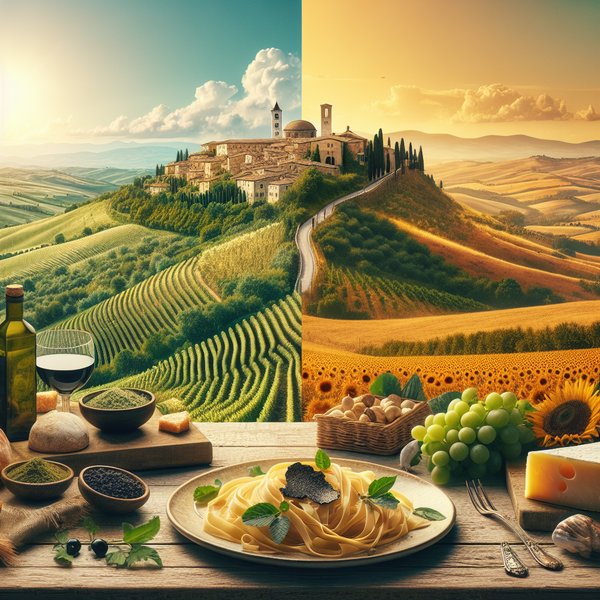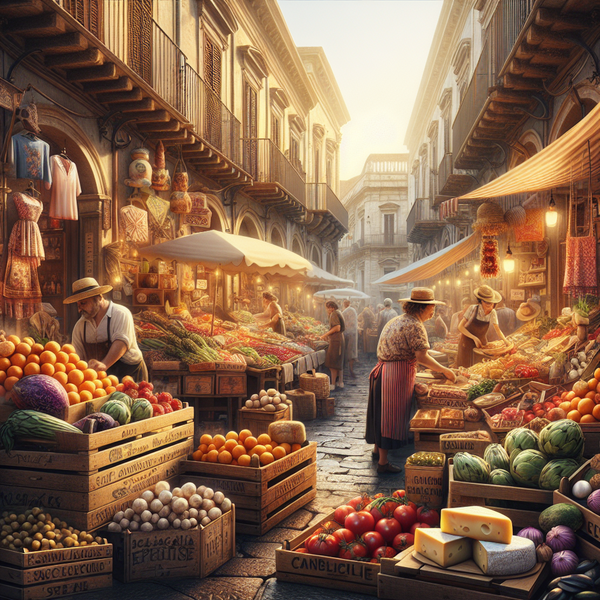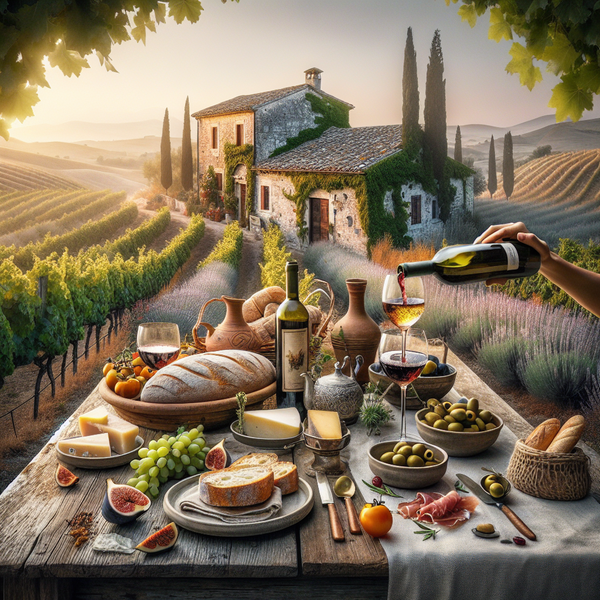When planning a dream vacation in Italy, two names often rise to the top: Umbria and Tuscany. Both regions offer rolling hills, medieval towns, world-class cuisine, and rich traditions. Yet, each has its own unique charm, appealing to travelers in different ways. So, if you are wondering whether to choose Umbria vs Tuscany, this guide will help you understand which Italian region might be the perfect fit for your journey.
Go to the section
ToggleUmbria vs Tuscany: Landscape and Atmosphere
Tuscany is world-renowned for its photogenic scenery: endless vineyards, cypress-lined roads, and sun-soaked hillsides. It’s a region infused with elegance, often associated with Renaissance culture and iconic art cities like Florence and Siena.
Umbria, on the other hand, is nicknamed the “Green Heart of Italy.” It’s slightly more rugged, less polished, and less crowded. Think misty valleys, olive groves, and medieval villages perched on mountain ridges. The atmosphere is more introspective, quieter, and authentic, offering a slower pace of travel that many find appealing.
Umbria vs Tuscany: Food and Wine
Food lovers can’t go wrong with either destination, but their culinary traditions differ. Tuscany is famous for simple yet flavorful cuisine. Dishes highlight bread, beans, cured meats, and the prized Florentine steak. Its wine, particularly Chianti and Brunello di Montalcino, is internationally celebrated.
Umbria focuses on earthy, rustic flavors. Truffles, lentils, and game meats are common, complemented by powerful local wines like Sagrantino di Montefalco. Olive oil production here is also top-tier, generally considered among the best in Italy. If you’re after gourmet experiences off the beaten path, Umbria might surprise you more than Tuscany.
Umbria vs Tuscany: Art, Culture, and History
Tuscany is unbeatable when it comes to Renaissance art and architecture. Florence alone holds countless world-class museums, galleries, and cathedrals. Siena impresses with its Gothic beauty and grand square, while Pisa is iconic for its leaning tower.
Umbria showcases a different cultural identity. Here, medieval history dominates. Towns such as Perugia, Assisi, and Gubbio transport visitors back in time with their labyrinth streets, frescoed basilicas, and fortress walls. The focus is less on Renaissance grandeur and more on rustic authenticity and deep religious heritage.
Umbria vs Tuscany: Costs and Crowds
One crucial difference that often sways travelers is cost. Tuscany tends to be more expensive, especially in famous cities like Florence or Chianti wine country. Luxury accommodations and tourist services raise prices.
Umbria is generally more affordable and less crowded. Even during peak seasons, it is easier to find budget-friendly stays, authentic local trattorias, and peaceful sightseeing opportunities. Travelers seeking value and tranquility will find Umbria appealing, while Tuscany caters more to those drawn to iconic attractions at premium prices.
Umbria vs Tuscany: Accessibility and Transportation
Tuscany enjoys excellent connections. Florence and Pisa have international airports, while the high-speed rail network makes traveling from Rome or Milan convenient. Renting a car allows you to explore the countryside with ease.
Umbria is slightly harder to reach, as most travelers arrive via Rome or Florence and then transfer by car or regional rail. This extra step, however, often deters mass tourism. Driving around Umbria is part of the adventure—narrow winding roads reveal breathtaking views and remote villages at every turn.
Umbria vs Tuscany: Best for Different Travelers
Both regions appeal to different types of travelers. If you prefer high culture, Renaissance art, and iconic landmarks, Tuscany fits the bill. For those who value untouched landscapes, traditional festivals, and hidden gems, Umbria offers a more intimate Italian experience.
- Tuscany: Best for first-time visitors, art lovers, wine enthusiasts, and travelers seeking iconic Italy.
- Umbria: Best for repeat travelers, foodies seeking rustic flavors, budget-conscious visitors, and those in search of tranquility.
Umbria vs Tuscany: Seasonal Travel Considerations
Tuscany’s best seasons are spring and fall, when the weather is pleasant and the landscapes are alive with blooms or autumn colors. Summer tends to be hot and busy, especially in Florence and coastal spots.
Umbria has a similar seasonal rhythm but, due to higher altitudes and fewer crowds, it feels more relaxed even in peak months. Festivals such as jazz and medieval reenactments add an extra flavor to summer visits here. Winters are quieter and can be beautifully atmospheric in both regions.
Umbria vs Tuscany: The Final Decision
Choosing between Umbria vs Tuscany is ultimately about your travel goals. If you dream of walking through Renaissance galleries, sipping Chianti in vineyards, and checking off iconic landmarks, Tuscany is the clear choice. If you crave hidden medieval towns, authentic cuisine, spiritual landscapes, and fewer tourists, Umbria might just win your heart.
Of course, the best solution may be not choosing at all. The regions are neighbors, and with smart planning, you can explore both in a single trip—blending the glamour of Tuscany with the authenticity of Umbria.
Ultimately, whether you pick Umbria or Tuscany, you’re guaranteed to enjoy an unforgettable slice of Italy. Both embody the country’s charm, history, and culinary traditions in ways that will leave lifelong memories.



